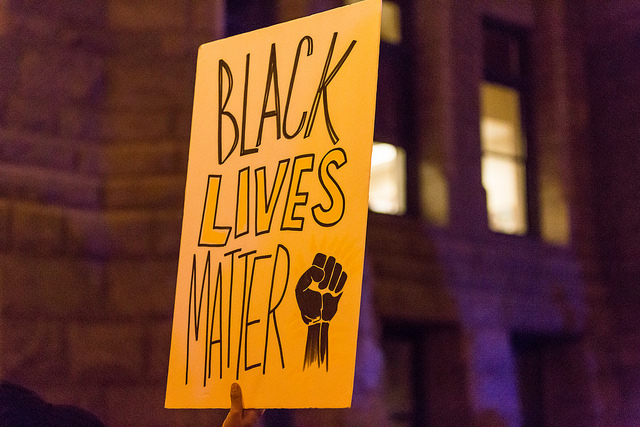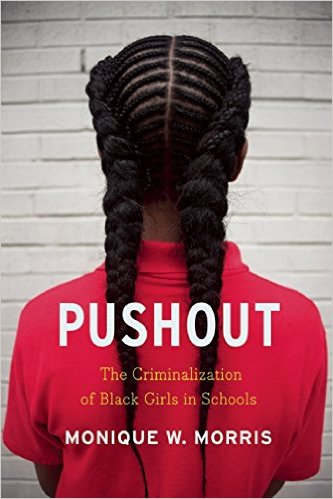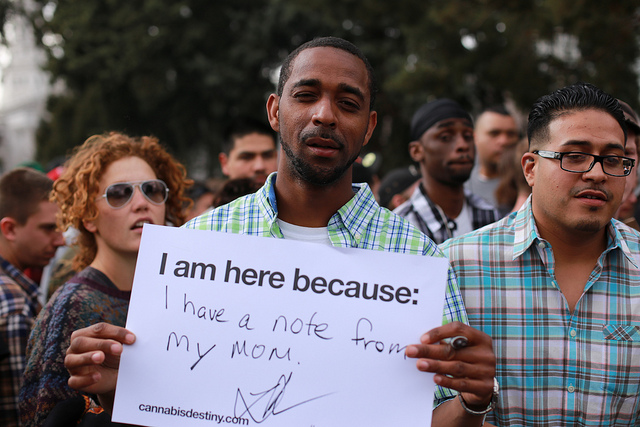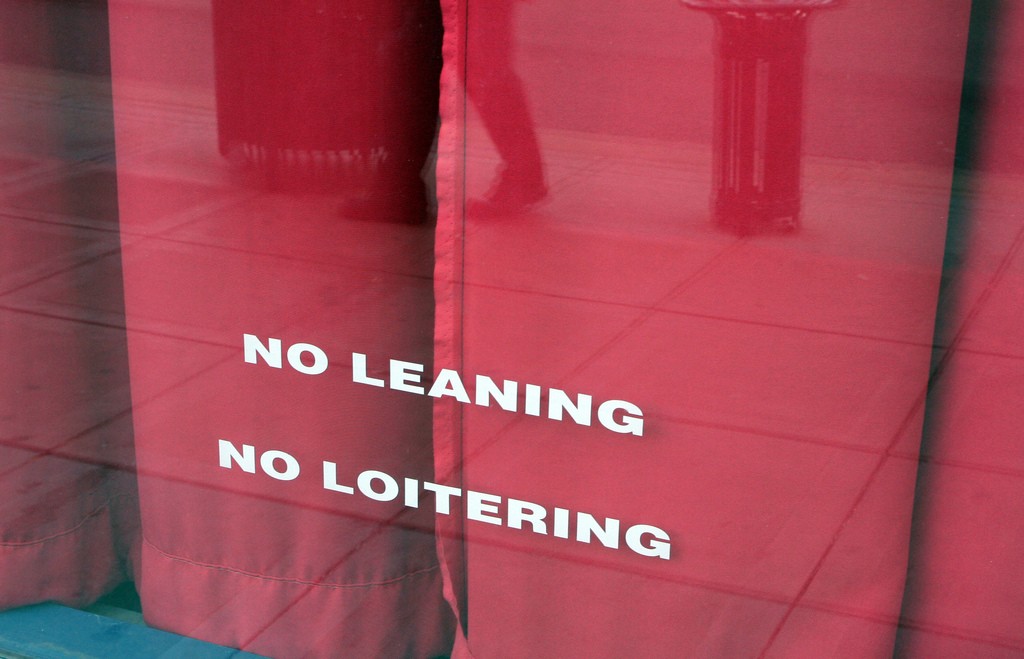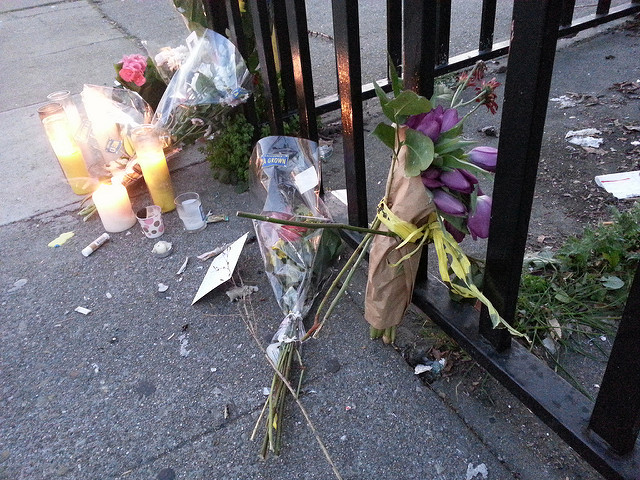
Despite the current administration’s affirmations of high crime rates and push for more tough on crime policies, their approach does not align with the reality of crime in the United States, where violent crime fell substantially over the past 25 years. In a recent article in The New York Times, sociologist Patrick Sharkey discusses his research on both the causes and social benefits of the violent crime drop.
Reductions in crime improved the overall climate in major cities, but especially improved social conditions in disadvantaged communities of color. Declines in homicide led to increased life expectancy for young Black males. Sharkey’s research also demonstrates that declines in homicide helped to narrow the achievement gap between Black and White children and decreased concentrations of poverty in many cities. According to Sharkey, “living in poverty used to mean living with the constant threat of violence. In most of the country, that is no longer true.”
Undervalued forms of violence prevention — non-profit organizations in particular — could help keep levels of violent crime low. Sharkey argues that a method that focuses on safety and creating community, rather than tough policing and prosecution, is the next step to a further reduction in violent crimes:
“These findings suggest a new model for combating urban violence. While police departments remain crucial to keeping city streets safe, community organizations may have the greatest capacity to play a larger role in confronting violence. Working directly with law enforcement and residents, these organizations are central to the next stage in the effort to make our cities even safer.”

